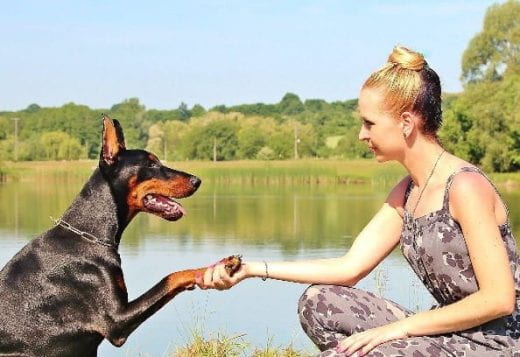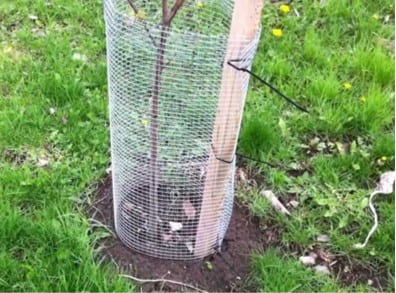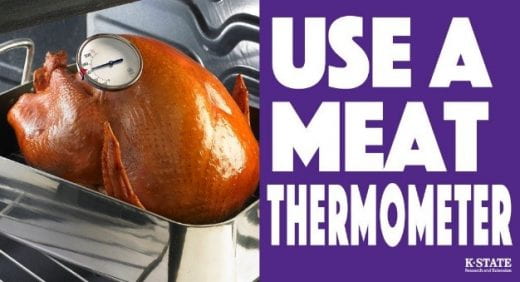 Life is full of rituals. A ritual is ceremony or action performed regularly when triggered by an event, tradition, or specific family interaction. Healthy rituals create environments that promote belongingness and security.
Life is full of rituals. A ritual is ceremony or action performed regularly when triggered by an event, tradition, or specific family interaction. Healthy rituals create environments that promote belongingness and security.
Life is also full of routines. Adults and children rely on routines to learn and progress. The human brain desires patterns and predictability; a clear pattern supports continuity.
It is important to acknowledge that both routines and rituals are essential components of a satisfying lifestyle. To avoid assuming they are the same visualize the distinction: A ritual is round and full of meaning while a routine is flat, functions like a machine, and is without meaning. In the chaos of life, we may allow valuable rituals to digress into a routine, becoming stripped of the positive connection it contributes toward the sustainability of strong relationships.
Healthy rituals are enjoyable, explore the meaning of life, and provide opportunities to empower and encourage relationships. While rituals are unique for each individual, relationship, and family, they generally fulfill the purposes of:
- Relating: communicating, concern for others, problem-solving, balance of individual and together time, joint decision-making
- Changing: adapting to a new developmental stage of life, adjusting to a new environment or set of expectations, responding to crisis
- Healing: forgiveness, coping with loss, resilience
- Believing: sense of identity, values affirmation, acknowledgement of an experience
- Celebrating: recognizing special events, holidays, and accomplishments
Examine your rituals as we dive into the holiday season. Ask yourself: Is the ritual meaningful to all individuals involved? Does it create stress for anyone? Is the ritual safe, healthy, and an advocate for overall wellness? Is it enjoyable?
Reflect on high stress and unfocused times during your day. The times when your heart and mind seek to feel united with others is a signal that you need a ritual to regain positive energy. A challenging transition can be overcome by incorporating a new ritual or by making changes to one that has lost its value.
By: Nora Rhoades
 K-State Research and Extension is accepting applications for a District Director to serve the Post Rock District. The director will serve as the administrative leader of the district’s extension programmi and communities across Kansas.ng giving leadership to budget and fiscal operations, personnel management of local staff, and overall program development and delivery.
K-State Research and Extension is accepting applications for a District Director to serve the Post Rock District. The director will serve as the administrative leader of the district’s extension programmi and communities across Kansas.ng giving leadership to budget and fiscal operations, personnel management of local staff, and overall program development and delivery. ing will be at 5:30 p.m. on Monday, Nov. 11 and will last about an hour. Participants will learn about the national Stop the Bleed program, why bleeding control is important in life-threatening events and demonstration and practice with tourniquets and other bleeding control tools. For more information, please call the Smith County Memorial Hospital (785) 282-6845.
ing will be at 5:30 p.m. on Monday, Nov. 11 and will last about an hour. Participants will learn about the national Stop the Bleed program, why bleeding control is important in life-threatening events and demonstration and practice with tourniquets and other bleeding control tools. For more information, please call the Smith County Memorial Hospital (785) 282-6845. If you have newly planted fruit trees they need a little extra maintenance this time of year. Rabbits may begin to nibble on newly planted trees and shrubs through the winter. Protect your investment with at least 2-foot-tall cylinders of 1-inch-mesh, chicken wire, or similar barrier. Other control methods include plastic tree wraps and liquid rabbit repellents sprayed on the plants. Repellents will need to be reapplied each time it rains. It’s also a good idea to pick up fallen fruit in the fall. This will prevent diseases from overwintering and fungal spores will be destroyed.
If you have newly planted fruit trees they need a little extra maintenance this time of year. Rabbits may begin to nibble on newly planted trees and shrubs through the winter. Protect your investment with at least 2-foot-tall cylinders of 1-inch-mesh, chicken wire, or similar barrier. Other control methods include plastic tree wraps and liquid rabbit repellents sprayed on the plants. Repellents will need to be reapplied each time it rains. It’s also a good idea to pick up fallen fruit in the fall. This will prevent diseases from overwintering and fungal spores will be destroyed. Life is full of rituals. A ritual is ceremony or action performed regularly when triggered by an event, tradition, or specific family interaction. Healthy rituals create environments that promote belongingness and security.
Life is full of rituals. A ritual is ceremony or action performed regularly when triggered by an event, tradition, or specific family interaction. Healthy rituals create environments that promote belongingness and security. Always wash your hands, utensils, the sink, and anything else that comes into contact with raw turkey and its juices with soap and water.
Always wash your hands, utensils, the sink, and anything else that comes into contact with raw turkey and its juices with soap and water.
